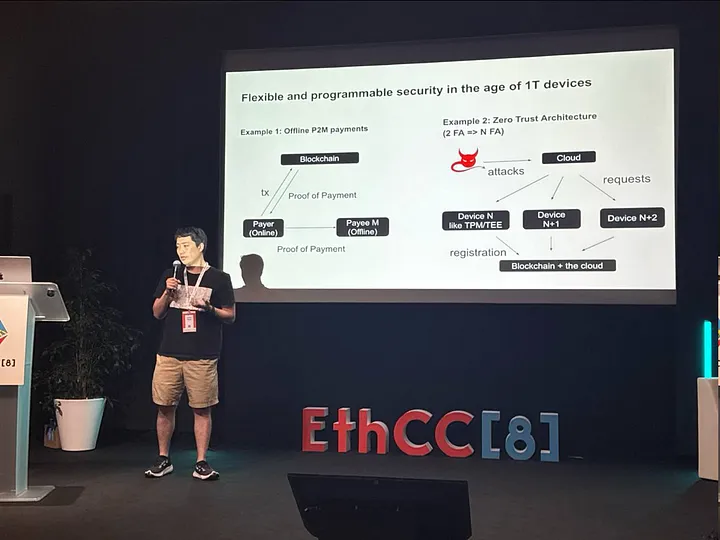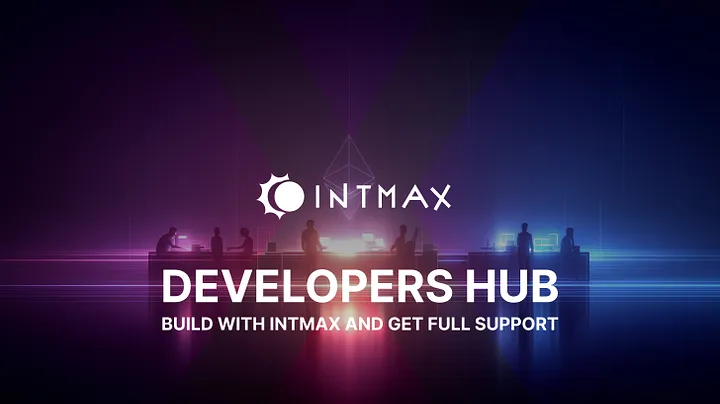
Blog
Insights
Beyond Human: The Next Frontier of P2M & M2M Transactions with Stateless L2

Intmax
Jul 2, 2025
At a recent blockchain event, Leona Hioki of INTMAX outlined a radically new architecture for Ethereum Layer 2: a stateless system designed to enable seamless peer-to-machine (P2M) and machine-to-machine (M2M) interactions.
It is also important that INTMAX mainnet has officially launched and you could try the future of payments now!
https://app.intmax.io
Leona emphasized that INTMAX does not store user state — neither on-chain nor off-chain. This unique stateless architecture removes the need for traditional wallet connections or persistent accounts, making it possible for machines and devices to participate directly in economic transactions.
The use cases presented included autonomous EV chargers, vending machines, and IoT sensors. For example, a car could scan a QR code to initiate a payment, which is signed and sent to a server that finalizes it on-chain — similar in experience to Apple Pay but without storing user identity.
This same system enables devices like drones to pay sensors for real-time weather data or for machines to pay APIs for compute cycles. Because each transaction requires only about 5 bytes of on-chain data, the system achieves extremely low costs and high scalability. Despite this efficiency, INTMAX remains a zkRollup and inherits Ethereum-level security.
Leona pointed out that this architecture allows greater censorship resistance, as there are no accounts to freeze. The system is not only scalable and secure but also adaptable to real-world, decentralized device interactions.
The stateless L2 approach as presented offers a significant shift in blockchain infrastructure — paving the way for autonomous and embedded systems to participate in digital economies without friction.
Are you working on something relevant for M2M or P2M payments, explore our SDK https://intmax-wallet.gitbook.io/intmax-developers-hub


